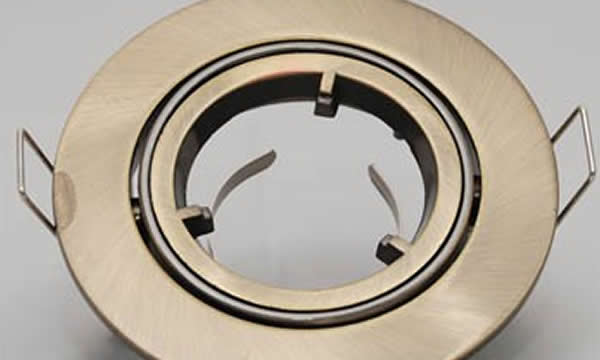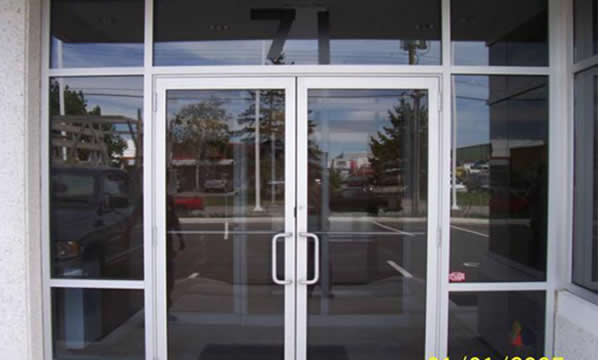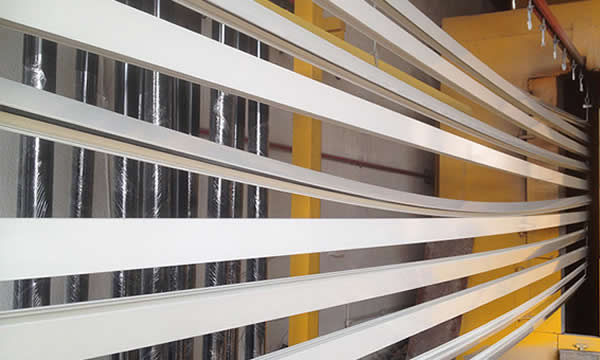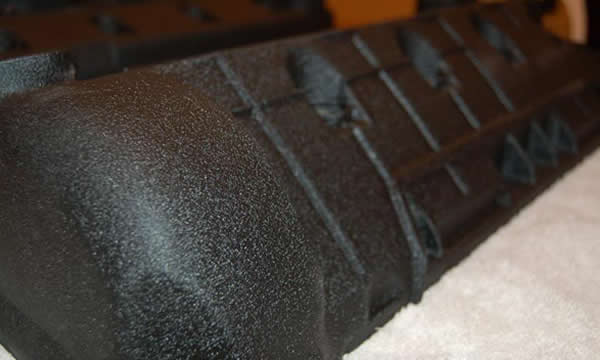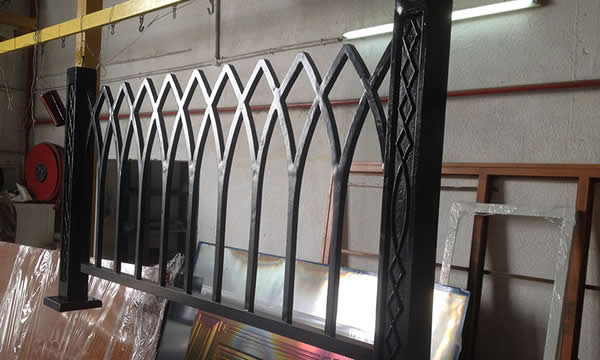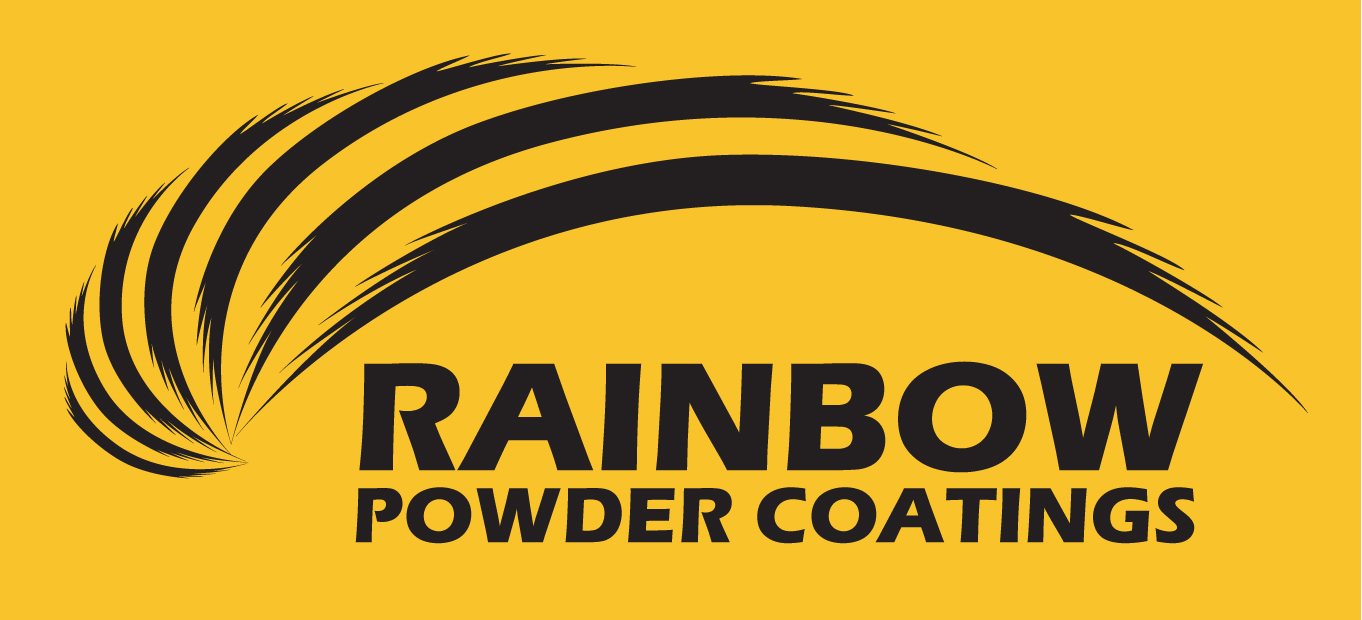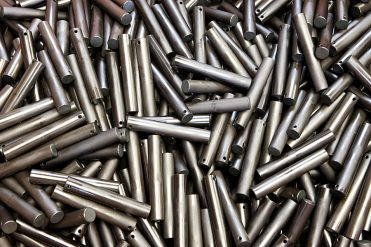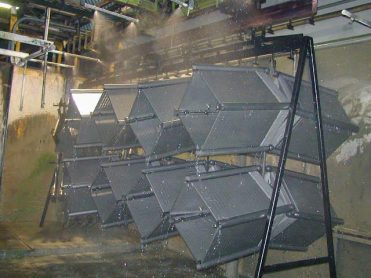Phosphating
Phosphating is the process of converting a steel surface to iron phosphate. This is mostly used as a pretreatment method in conjunction with another method of corrosion protection. A layer of phosphate coating typically includes iron, zinc or manganese crystals.
Phosphating is also known as phosphating and phosphate conversion coating.
Our Phosphate coatings are usually applied to carbon steel, low-alloy steel and cast iron. The coating is formed with a solution of iron phosphate salts in phosphoric acid, and is applied by immersing the substrate into the solution. When steel or iron parts are placed in the phosphoric acid, this causes a metal reaction which locally depletes the hydronium (H3O+) ions, raises the pH, and causes the dissolved salt to fall out of the solution and precipitate on the surface. The acid and metal reaction also creates iron phosphate, which will be deposited.
The following is a typical phosphating procedure:
- Cleaning the surface
- Rinsing
- Surface activation
- Phosphating
- Rinsing
- Drying
Phosphating helps in two primary objectives
- Corrosion protection in conjunction with powder coating
- Providing strong adhesion bonding for subsequent painting or other organic coating


